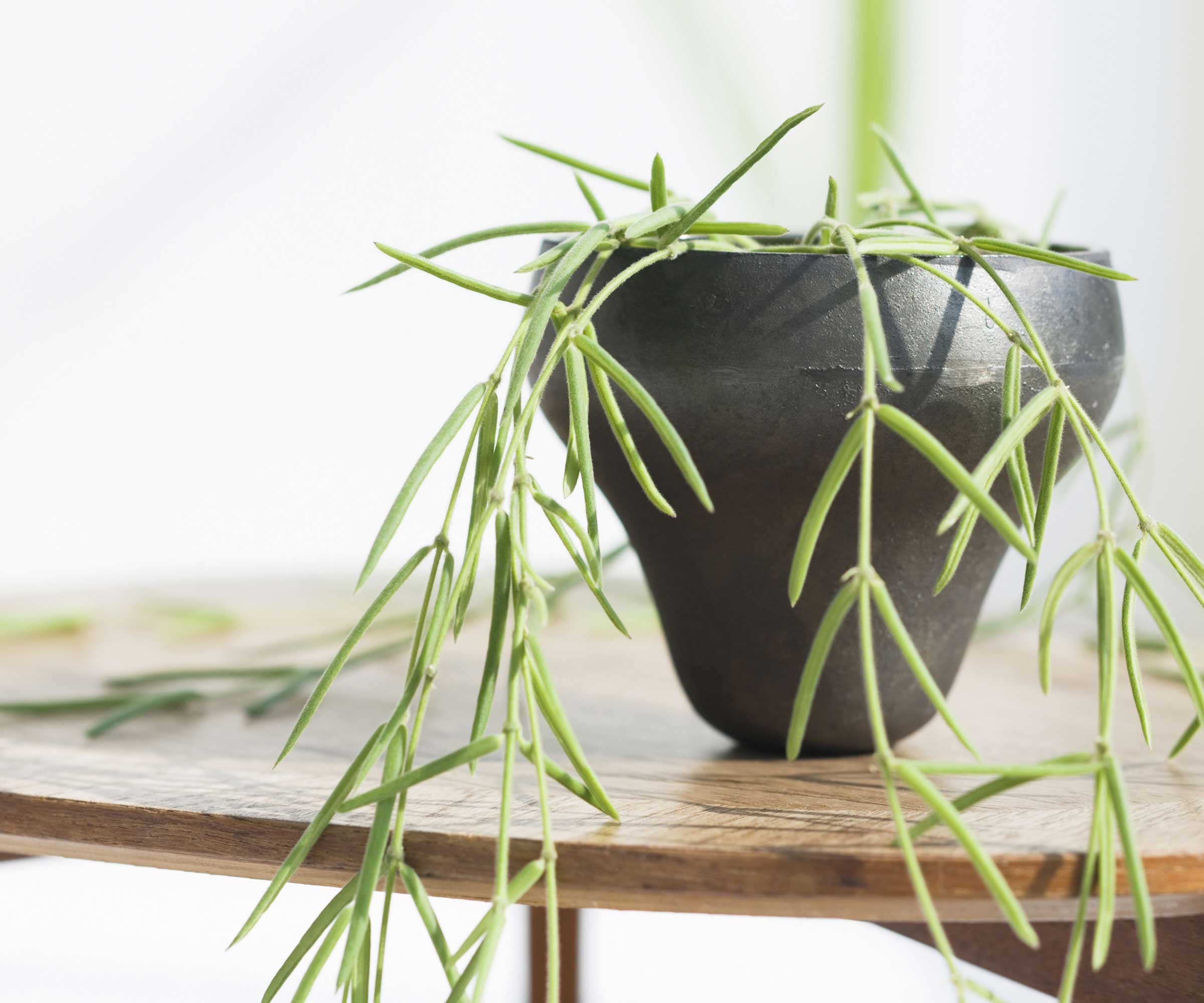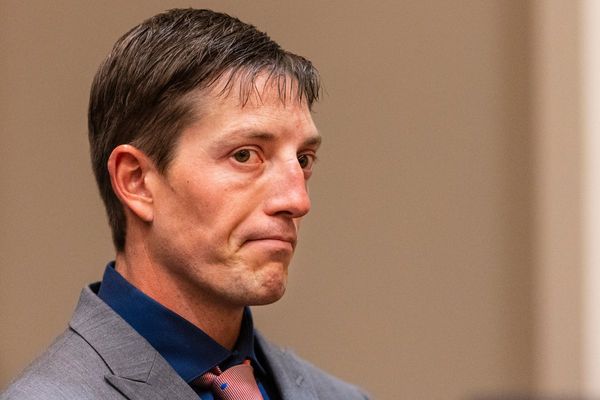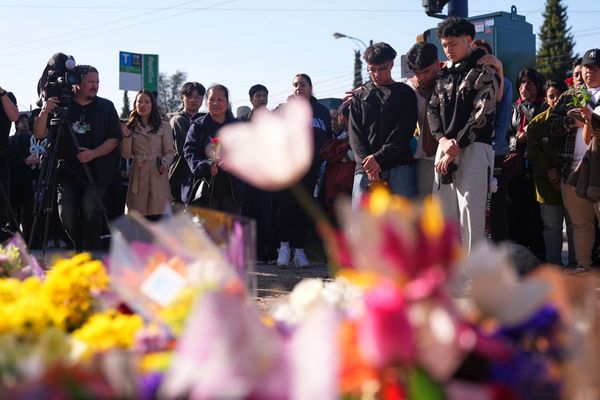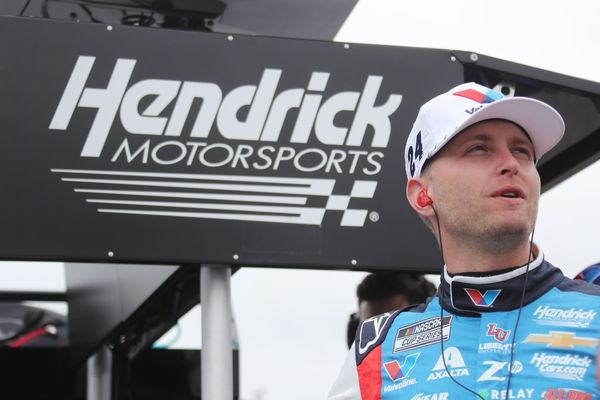
Hoyas are attractive, vining houseplants that are ideal for placing up high. Popular types include Hoya linearis, Hoya carnosa 'Tricolor' and Hoya carnosa 'Compacta', which resembles a twisted rope. Many will produce pink or white, fragrant flowers alongside their waxy leaves.
Whatever the variety, if you're already growing a hoya in your home, it should be relatively easy to propagate. You have two different methods to choose from – taking cuttings, or layering. Whichever you go for, spring or summer is the time to do so. 'This is when the plant is actively growing,' explains plant expert Autumn Hilliard-Knapp.

How to propagate hoya by taking cuttings
Like many indoor plants, rubber plants and monstera included, hoyas can be successfully propagated from cuttings. Autumn explains how to do it:
- Fill a pot with a well-draining potting mix. Autumn suggests Perfect Plants' indoor plant soil mix which contains perlite and sand, as these ingredients help with drainage. Once you fill the pot with soil, water the mix so it is moist but not soaking.
- Take a sharp, clean pair of gardening shears and cut a healthy stem with a few leaves from your hoya plant, making your cut at a 45-degree angle. The cutting should be about 4-5 inches long. Make your cut just below a node (the small bumps where leaves and roots grow), adds gardening expert Tony O'Neill.
- Remove the lower leaves from your cutting. This will allow the plant to focus its energy on growing new roots.
- Plant the cutting, making sure the leaves are not under or touching the soil. At least one growing node, however, should be well buried, as Tony highlights.
- Once planted, water regularly. But, be careful not to oversaturate the soil, or the root system may rot. 'For best results, keep the cutting in a high-humidity environment,' adds Tony. 'You can achieve this by covering the pot with a plastic bag or placing it in a mini greenhouse.'
- The plant will do best in indirect, morning sunlight. Direct sunlight will be too harsh for the young plant.
- The cutting should take about three to four weeks to propagate. To check it, you can give a very light tug to the plant – if you feel some resistance, the root system has established.
Alternatively, you can start your cuttings off in water, which allows you to see the roots as they develop. 'Ensure that only the stem is submerged,' says houseplant expert Vladan Nikolic. 'The leaves shouldn’t be in the water.
'When the new roots grow to be 2-3 inches long, the cutting is ready to be planted in the soil,' he adds.
For the best results, remember to change the water frequently, and stay clear of the common water propagation mistakes.

How to propagate hoya by layering
Another way to make more of these houseplants for free is to use a technique called layering. Simply follow these steps:
- Fill a small pot with compost suitable for cuttings, and position it next to your hoya.
- Take a healthy, trailing stem of your hoya plant and remove some of the leaves from a section toward the end. Using U-shaped pegs, secure the newly-exposed section down onto the surface of the compost in the smaller pot.
- Water it lightly but frequently to keep the compost moist.
- Once it has rooted, you can cut the stem away from the parent plant using a pair of clean and sharp pruners.

Within a month or so, you should see signs of new growth on your hoya – although the time it takes does depend on the variety you are propagating and environmental factors. Keep up a proper care routine as they continue to grow; avoid positioning them in direct sun and mist and water them frequently to simulate their natural, tropical habitat.
You'll be rewarded with a flourishing new addition to your houseplant collection – and maybe, in time, some of those fabulous, fragrant flowers.







